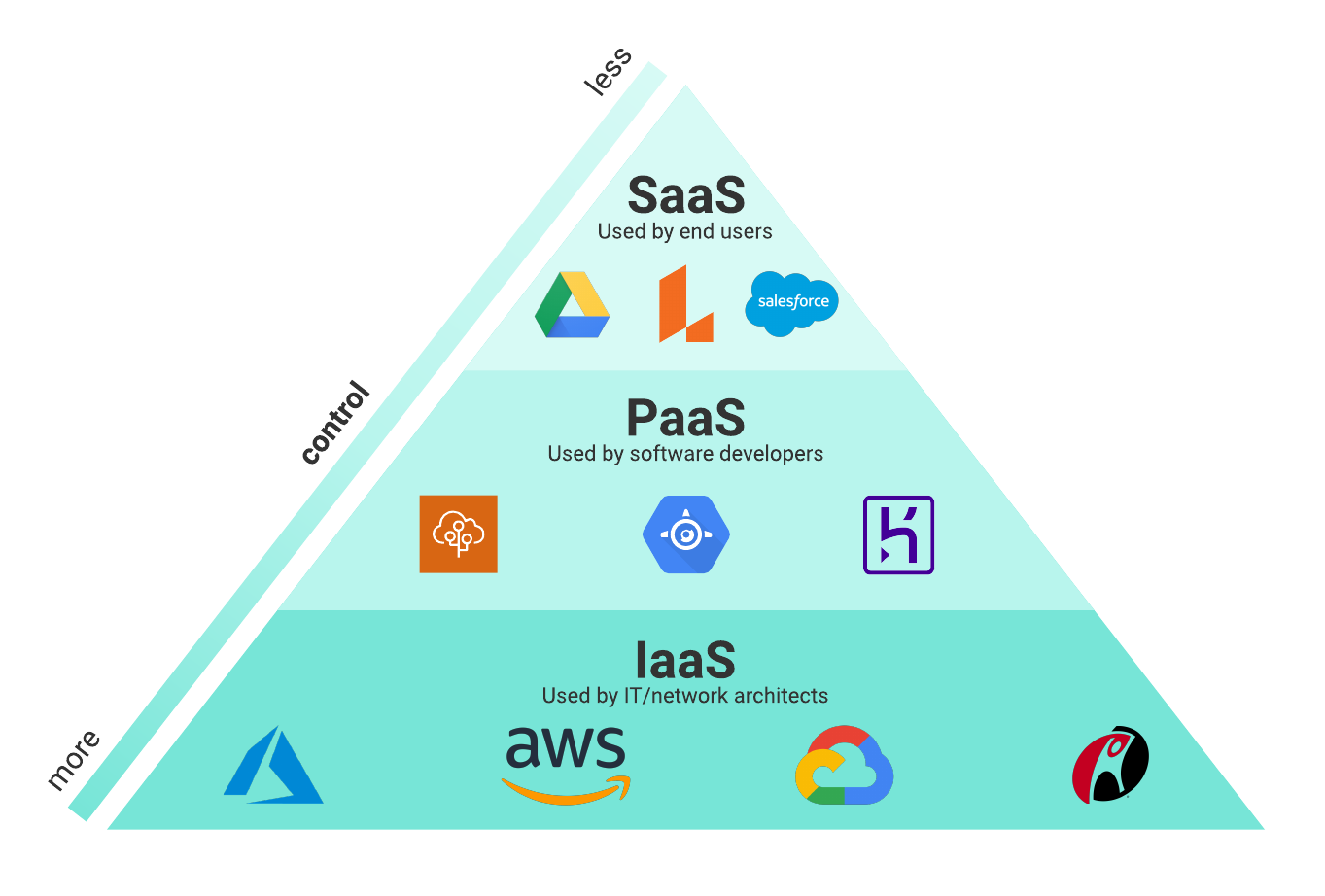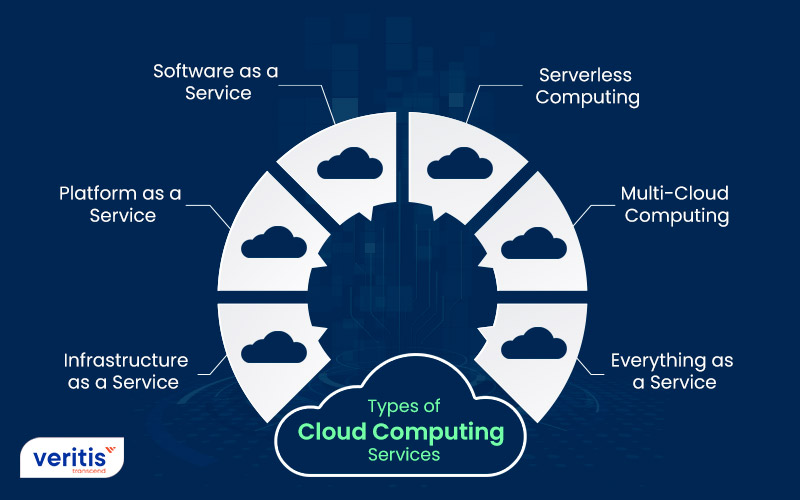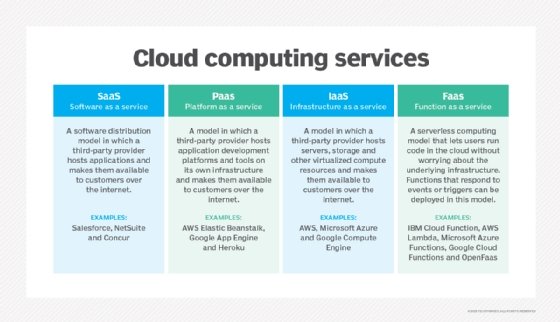Checking Out Universal Cloud Service Benefits: Streamlined Solutions for All Requirements
Checking Out Universal Cloud Service Benefits: Streamlined Solutions for All Requirements
Blog Article
Transform Your IT Framework With Cloud Services
In today's busy business landscape, the function of IT framework can not be undervalued. Accepting cloud services supplies companies a myriad of benefits, from increased flexibility to boosted cooperation. The trip to transforming your IT infrastructure is not without its obstacles. As innovation continues to progress, staying in advance of the curve and making informed choices about cloud solutions is extremely important. The crucial lies in understanding exactly how cloud services can improve your organization's IT landscape and drive technology.
Benefits of Cloud Provider
Leveraging cloud solutions uses companies a scalable and cost-effective solution for managing their IT facilities. One of the vital advantages of cloud solutions is the adaptability they supply. Organizations can quickly scale their resources up or down based on their current demands, enabling reliable resource allotment. This scalability likewise allows services to promptly adjust to altering market problems without the demand for significant in advance financial investments in equipment or infrastructure.

Furthermore, cloud services advertise cooperation and remote job by supplying workers with access to data and applications from anywhere with a net link. This availability boosts efficiency and enables for seamless collaboration amongst employee, despite their physical location. Overall, the benefits of cloud solutions are huge, making them an appealing option for organizations looking to improve their IT framework.

Movement Strategies
To effectively change to cloud services, organizations have to carefully prepare and implement movement strategies that line up with their organization objectives and IT demands. The very first step in this process is to carry out a thorough evaluation of the existing IT framework to identify which applications and data can be moved to the cloud. Organizations should prioritize work based upon factors such as safety needs, performance requirements, and conformity policies.
As soon as the assessment is total, companies can choose one of the most ideal migration technique. This can consist of rehosting, refactoring, rearchitecting, or reconstructing applications for the cloud setting. It's essential to think about variables like price, time, and complexity restraints when selecting the migration method.
Furthermore, organizations ought to develop a detailed migration strategy that details the timeline, resources, and duties for each and every step of the migration procedure - linkdaddy cloud services press release. Regular screening and tracking are essential to guarantee a smooth transition and decrease disruptions to organization operations. By following these movement methods, organizations can unlock the complete capacity of cloud solutions and drive advancement within their IT infrastructure
Security Factors To Consider
Guaranteeing durable security steps is extremely important when integrating cloud solutions right into a company's IT infrastructure. The change to the cloud brings unique safety considerations that should be resolved to shield sensitive information and preserve functional honesty. One essential element to take into consideration is data file encryption both en route and at rest. Encryption assists guard information from unauthorized gain address access to, ensuring that also if data is intercepted, it stays unreadable.
In addition, implementing solid access controls is essential. This involves defining user consents, authentication protocols, and keeping an eye on access to stop unapproved individuals from getting entrance to sensitive resources. Regular security audits and assessments are important to guarantee and identify vulnerabilities conformity with market policies.
Additionally, organizations need to have a durable occurrence reaction plan in position to promptly resolve security violations or information concessions. This plan needs to detail actions to contain the incident, mitigate damage, and bring back normal operations effectively. By prioritizing protection considerations and implementing aggressive procedures, organizations can with confidence take advantage of cloud services while guarding their digital properties.
Cost-Saving Tips
When enhancing IT infrastructure with cloud services, companies can maximize their spending plan through strategic cost-saving ideas. Additionally, companies can conserve on operational expenses by reducing the requirement for on-site maintenance and assistance personnel, as numerous cloud solutions provide automated updates and support.
One more cost-saving suggestion is to carefully monitor and readjust cloud usage to stay clear of unneeded expenditures. By frequently assessing use information and scaling resources up or down based upon need, organizations can guarantee they are not spending too much on unused ability. Additionally, considering hybrid or multi-cloud cloud solutions can also bring about cost savings by enabling organizations to select the most economical helpful hints solutions for every work.
Future Trends
The advancement of cloud services is shaping the future landscape of IT infrastructure. As we look ahead, several vital trends are poised to influence how companies take advantage of cloud solutions to improve their IT operations. One significant fad is the boosting adoption of multi-cloud strategies. Organizations are identifying the benefits of distributing work across multiple cloud companies to optimize efficiency, enhance resilience, and alleviate dangers connected with supplier lock-in.
An additional famous trend is the surge of edge computing together with cloud services. Side computing brings handling closer to the data resource, minimizing latency and enabling real-time information analysis. This pattern is particularly crucial in markets such as IoT, autonomous automobiles, and healthcare, where prompt decision-making is important.
Additionally, the assimilation of expert system (AI) and artificial intelligence (ML) capabilities right into cloud services is readied to redefine exactly how companies draw out insights from their information. AI-driven automation, predictive analytics, and personalized client experiences are simply several of the means AI and ML are changing cloud services.
Conclusion
To conclude, cloud solutions offer many benefits for companies seeking to transform their IT facilities. By implementing movement strategies customized to specific requirements and focusing on safety factors to consider, businesses can attain cost savings and boosted efficiency. Welcoming cloud services can result in a more nimble and affordable company landscape, enabling higher versatility to transforming market problems and boosted collaboration among teams. As companies proceed to leverage cloud services, they can stay in advance of future fads and drive technology in the digital age.

Ensuring robust safety and security procedures is extremely important when incorporating cloud solutions into an organization's IT infrastructure.In conclusion, cloud services use many advantages for companies looking to transform their IT infrastructure.
Report this page